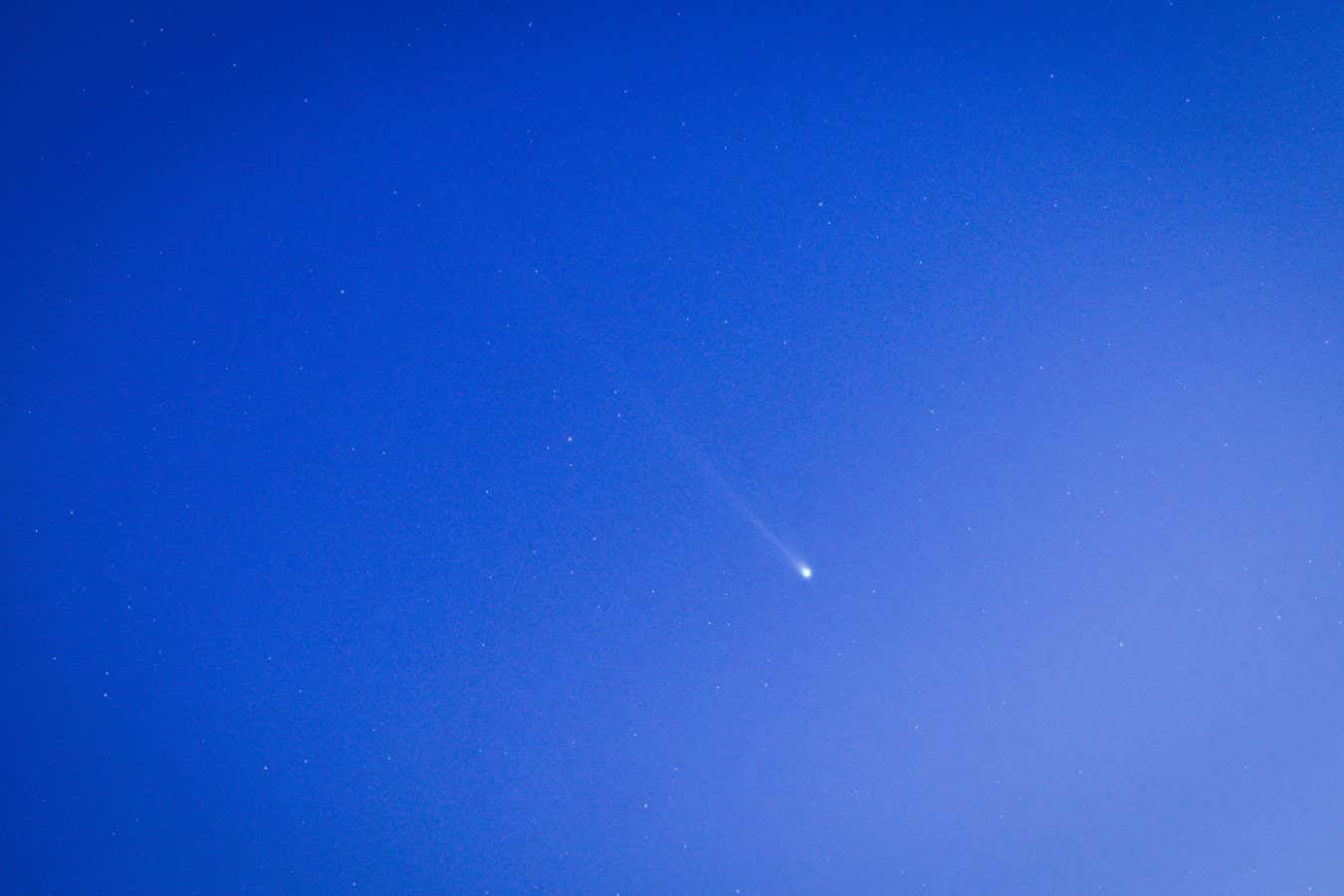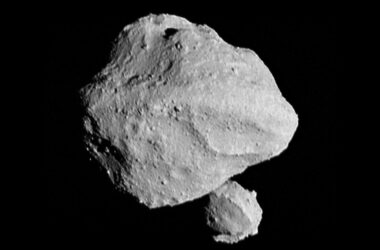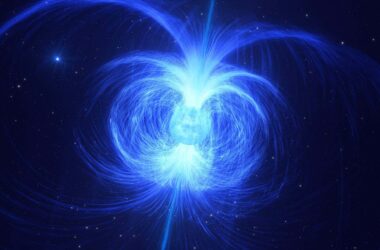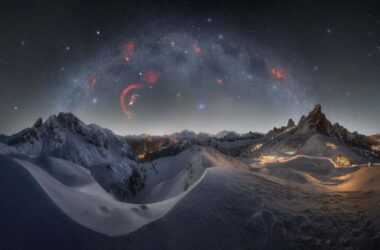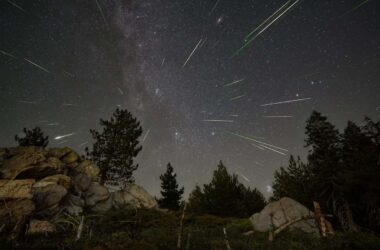Comet Nishimura, known for its unusual green glow, has survived its close encounter with the sun. Now, there is a limited time window to spot it in the sky before it heads back to the outer solar system and remains hidden for the next 400 years.
The discovery of Nishimura was made on 12 August of this year, capturing the attention of astronomers worldwide. On 17 September, it made its closest approach to the sun and was visible in the early mornings in the northern hemisphere, a couple of hours before sunrise, leading up to the encounter.
Comets, also called “dirty snowballs,” are composed of rock and ice. When they come closer to the sun, the ice turns into a charged gas known as plasma, which creates the comet’s tail. There was uncertainty about whether Nishimura would survive its encounter with the sun, as it passed within 33 million kilometers of the star’s surface.
Don Pollacco, an astronomer at the University of Warwick, explains that some comets do not survive and completely evaporate. Fortunately, Nishimura escaped this fate and is now receding from the sun, returning to the cold depths of the solar system. “Before it disappears completely, we have a final chance to see Nishimura,” adds Pollacco.
During its close approach, Nishimura experienced an intense solar storm that temporarily blew away its plasma tail. This event, known as a disconnection event, occurs due to an electrostatic field created by the interaction between the plasma and the solar wind. The exact mechanisms behind these events are not yet fully understood.
The green color of the comet is a result of the presence of diatomic carbon, a relatively rare type of carbon gas, in its coma – the gas surrounding the nucleus.
If you’re in the northern hemisphere, you can catch a glimpse of Nishimura just after sunset by looking towards the western horizon. Mars will be visible, and the comet will be located to the right of the planet. Those in the southern hemisphere have a slightly longer window of about a week, with the comet appearing directly below Mars in the western sky after sunset.
Pollacco recommends using binoculars to observe the comet, even though some reports suggest it can be seen with the naked eye. As the days go by, Nishimura will fade, ultimately requiring a telescope to view.




